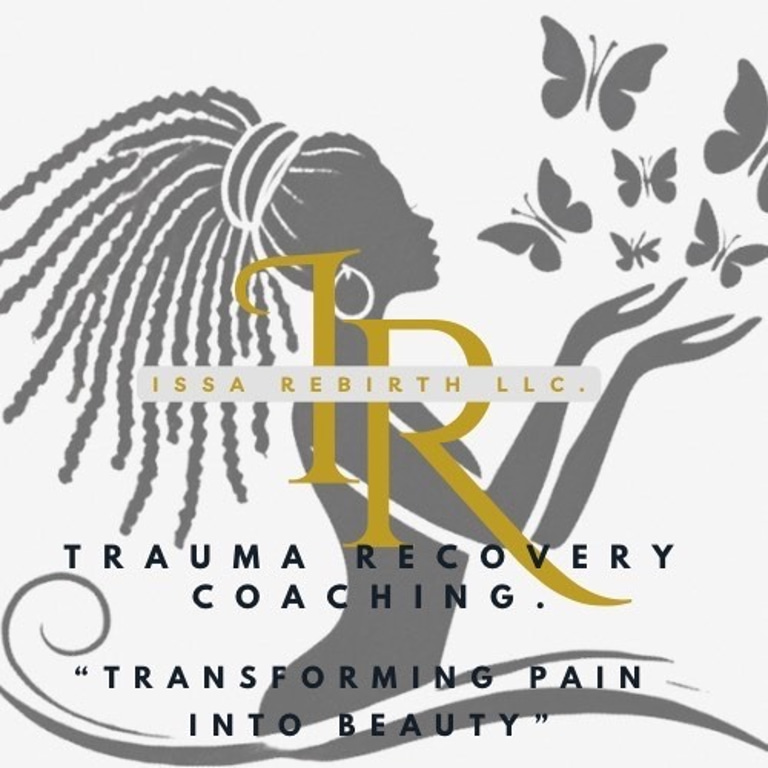Confronting Parent Wounds
A Journey from Brokenness to Becoming
CHILDHOOD TRAUMA
Kenisha Miller
4/7/20253 min read


Healing isn’t linear—and for many of us, it begins in the place we often avoid the most: our childhood. For me, confronting my parent wounds has been one of the most painful yet transformative parts of my healing journey.
I grew up without my father—he was murdered when I was just seven. My paternal grandmother stepped in and did her best, but there’s no guidebook for filling the kind of void that loss creates. That trauma shaped me in ways I wouldn’t fully understand until adulthood—impacting how I showed up in relationships, how I saw myself, and how I navigated the world. I struggled with low self-esteem, battled anxiety and depression, and often felt like I was drowning in a sea of unworthiness.
My mother, while physically present, was fighting her own demons. Her unresolved trauma spilled into our home, manifesting as neglect, abuse, and instability. The emotional chaos left me confused, fearful, and constantly trying to be “good enough” to earn love that should’ve been unconditional.
I became a master of people-pleasing, silently hoping that if I was perfect enough, someone—anyone—would finally choose me.
But as I’ve leaned deeper into my healing, I’ve realized something powerful: the love I’ve been seeking from others can only be fully given by me. And that begins with confronting the wounds left behind by the ones who were supposed to love me first.
Recognizing the Signs
Identifying the manifestations of these emotional wounds is essential. Common indicators include:
Difficulty forming and maintaining healthy relationships
Chronic feelings of fear, shame, or guilt
Low self-worth and self-esteem issues
Intense emotional reactions to triggers or stressors
Avoidance of certain situations or emotions
Persistent negative self-talk and self-blame
Difficulty regulating emotions
Recognizing these patterns is the first step toward healing.
According to Dr. Jonice Webb, clinical psychologist and author of Running on Empty, “Children who grow up emotionally neglected often blame themselves for their unmet needs and carry that belief into adulthood.” This internalized shame can sabotage relationships, career goals, and mental health—until it’s named and healed. Source
Breaking the Cycle: Steps Toward Healing
1. Acknowledge and Validate Your Emotions
Your feelings are valid. Period. Allow yourself to sit with them, express them, and move through them without shame.
2. Seek Professional Support
Therapy gave me a safe space to unpack what I had buried for years. Professional guidance can be life-changing, especially when navigating the complex layers of childhood emotional neglect.
3. Practice Self-Care and Self-Compassion
Whether it’s journaling, taking a walk, breathwork, or spending a day offline—self-care is your way of telling your nervous system: you’re safe now. It’s not a luxury; it’s a necessity.
4. Challenge Negative Beliefs
I had to unlearn the idea that I wasn’t worthy of love unless I performed or pleased others. Replacing old beliefs with new affirmations—“I am worthy. I am loved. I am enough.”—has been a quiet revolution in my healing.
5. Set Healthy Boundaries
Learning to say no was one of the most loving things I’ve done for myself. Boundaries protect the healing you’ve worked so hard for. You are not required to stay in spaces that hurt your growth.
6. Engage in Reparenting Practices
Reparenting means becoming the nurturing presence you didn’t have. I started journaling to connect with my inner child, practicing kind self-talk, and building rituals of safety and care.
Inner child work and reparenting have been shown to improve emotional regulation and self-worth.
Embracing the Journey
Healing from parental emotional neglect is a gradual process that requires patience, grace, and compassion. By acknowledging your experiences, seeking support, and actively working toward change, you can break free from the cycle of emotional trauma.
This journey not only fosters personal growth—it transforms how you show up in the world. It creates space for healthier relationships, deeper love, and a more fulfilling life.
Confronting these wounds is not about blame—it’s about freedom. It’s about reclaiming your right to joy, to boundaries, to emotional safety.
Your path to healing is uniquely yours—and every step you take is a testament to your resilience, your courage, and your becoming.
Always,
Nisha M.
_____________________________________________________________________________________________
Sources:
Dr. Jonice Webb – Running on Empty (drjonicewebb.com)
Healthline. “How to Reparent Yourself.” Healthline
Psychology Today. “Understanding Childhood Emotional Neglect.”
The Eaves. “Breaking Free from the Cycle: Healing Emotional Trauma from Parents.” (theeaves.org.uk)

